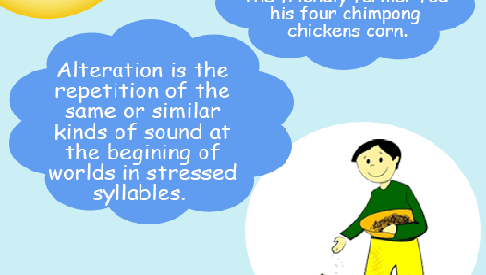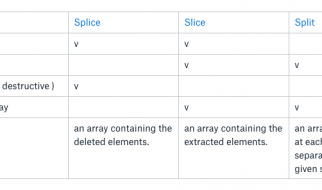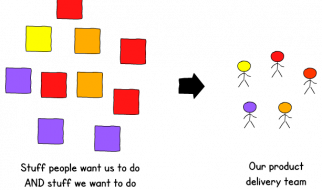Alliteration is a literary device where sound is used to emphasize the words and phrases and it also engages the readers? auditory senses. In alliteration, the consonant sound comes in a repeated manner at the starting of two or more than two words in the continuation. It is noticeably used in the poetry and prose to add a catchy sound and sometimes, it is used to represent an action, along with an audible effect.
However, alliteration is used to grab the readers? attention and also allows them to remember a phrase for a long time.
Examples:
The wicked witch of the west.Johnny jumped and jiggled.
On the other hand, consonance is quite similar to alliteration as it is also concerned with the repetition of consonants. In consonance, the repetition of the consonants is happened mostly, at the end of the words. However, consonance can happen anywhere in the words.
Examples:
The big frog was on a log.He struck some good luck.All?s well that ends well.
 Alliteration
Alliteration
Both alliteration and consonance are literary devices and both are related to the repetition of the consonant sound. In alliteration, the repetition is happened in the words where the stress is available. On the other hand, in consonance, the repetition of consonant occurs in the closely connected words. This is the major difference between these two literary devices. Moreover, consonance is the main category and alliteration comes under this literary device.
But a better butter makes a batter better.
It is an alliteration and it is used in the literature to include a musical effect in the text and it also instills a beauty in the literary work.
On the other hand, consonance occurs in the words which are in close proximity. It is mostly seen in the poetry as it adds a rhyming effect.
Examples: All mammals named Sam are clammy.


